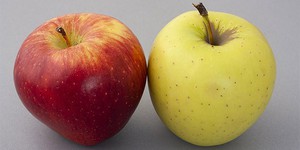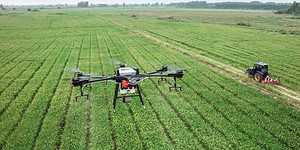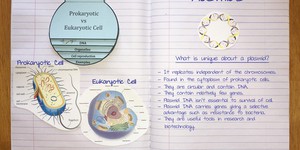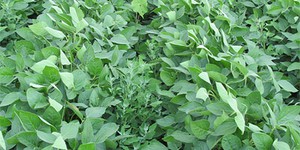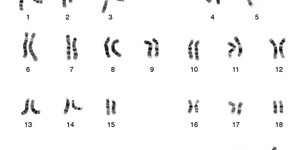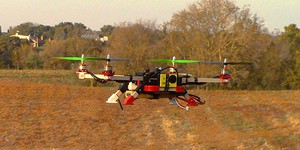Agricultural Technology Lesson Plans (7 results)
How will we feed the world population by the year 2050? The United Nations projects that by 2050 the world population will have risen to 9.7 billion people—more than 2 billion more people than today! To feed everyone, we will need a lot more food, which makes agricultural technology incredibly important. Agricultural technology is the use of science, engineering, and technology to make agriculture (farming) better. This can mean a wide range of things, including preventing plant diseases, gathering data to optimize crop yield (the amount of food you can grow on a piece of land), using resources like water more effectively, or even creating more nutritious versions of a vegetable!
Try one of the projects below to explore some of the solutions farmers, researchers, and engineers are trying around the world. Maybe you'll be working alongside them one day making sure we can feed everyone.
|
Select a resource
Sort by
|
Lesson Plan
Grade: 6th-8th
6 reviews
Using the context of apples, students will apply their knowledge of heredity and genetics to distinguish between sexual and asexual reproduction as they explain how new varieties of apples are developed and then propagated to meet consumer demand for a tasty, uniform, consistent product.
Read more
NGSS Performance Expectations:
Lesson Plan
Grade: 3rd-5th
1 review
Students will discover the science behind how a drone works, explore how drones are used in agriculture, and program and operate a drone for the purpose of surveying a field.
Read more
NGSS Performance Expectations:
New
Lesson Plan
Grade: 6th-9th
In this lesson plan, students will model the complex biologic manufacturing process. First, they will model the cellular expansion process that occurs in a bioreactor. Then, students will lyse the cells to isolate the proteins from the dyed cell debris. Lastly, they will model the advanced filtration process to purify proteins so they can be used as medicines.
Read more
NGSS Performance Expectations:
Lesson Plan
Grade: 9th-12th
3 reviews
This lesson compares and contrasts prokaryotic and eukaryotic cells and examines the form and function of the plasmid found in prokaryotic cells. Students will then use these principles to simulate how a desirable gene can be isolated and inserted into a plasmid as one step in the process of creating a genetically modified organism (GMO).
Read more
NGSS Performance Expectations:
Lesson Plan
Grade: 9th-12th
Students will compare and contrast methods of selective plant breeding, describe the scientific process of creating a genetically modified plant, compare genetically modified soybean seeds to conventional soybean seeds, describe the impact weeds have on plant growth, and understand how a genetically modified seed can help farmers manage weeds.
Read more
NGSS Performance Expectations:
Lesson Plan
Grade: 3rd-5th
5 reviews
Students will explore heredity concepts by comparing observable traits of apples and onions, collecting data on the traits of different apple varieties, and learning about apple production. Additional activities include hands-on methods for testing apple ripeness.
Read more
NGSS Performance Expectations:
Lesson Plan
Grade: 9th-12th
3 reviews
This lesson introduces students to the relationships between chromosomes, genes, and DNA molecules. Using the example of a strawberry, it also provides activities that clearly show how changes in the DNA of an organism, either naturally or artificially, can cause changes.
Read more
NGSS Performance Expectations:
Lesson Plan
Grade: 6th-8th
1 review
(Image credit: by ackab1, via Flickr. Creative Commons).
Students will discover the science behind how a drone works, explore how drones are used in agriculture, and program and operate a drone for the purpose of monitoring grazing sheep.
Read more
NGSS Performance Expectations:
|

